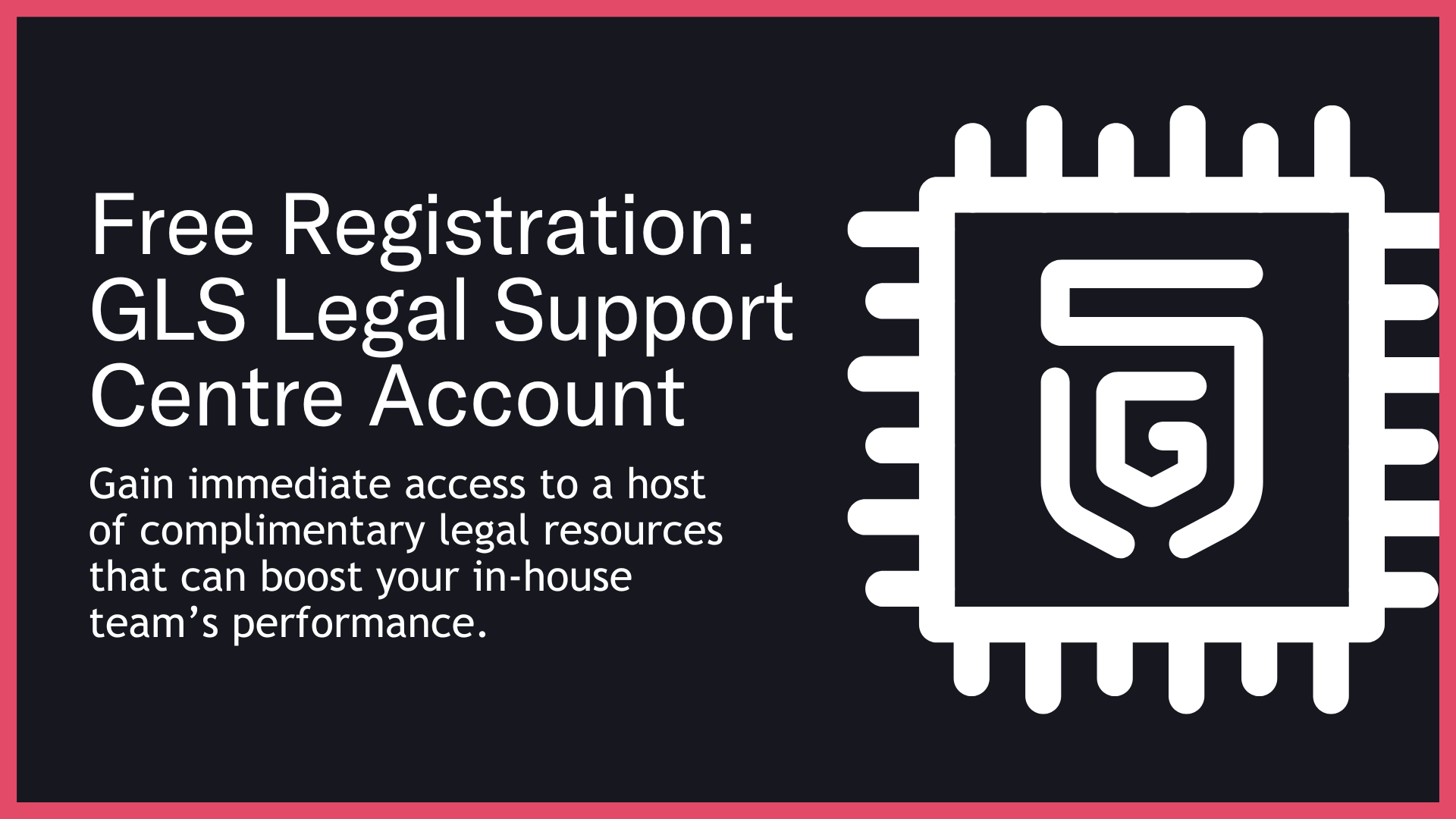GLS Legal Support Centre
Legal Made Easy For Startups
Back
Group Structure
Introduction
“An ownership chart might look like a simple diagram, but in the corporate world, it’s a map of power, responsibility, and control.” – Matt Glynn
For most start-ups, producing a detailed company group structure chart feels unnecessary-if you only have one company, there’s nothing to map. But in larger or more complex groups, this chart is indispensable for compliance, transparency, and operational efficiency.
This Station sets out what a group structure chart is, why it matters for certain companies, and what can go wrong if it’s inaccurate or neglected.
Group Structure Charts – What Are They?
A group structure chart (also called an ownership chart) is a visual representation of how all the entities in a corporate group relate to one another.
It usually shows:
◼️The names of each company in the group.
◼️The jurisdiction of incorporation.
◼️Percentage shareholdings between entities.
◼️Key notes on voting rights or special share classes.
PAA: What is the purpose of a group structure chart?
To provide a clear, accessible snapshot of the ownership relationships within a group of companies, helping stakeholders understand control and reporting lines.
PAA: Who prepares a group structure chart?
Typically, the company secretary or corporate governance team, often in consultation with legal and tax advisers.
Why This is Important
This is an important stage of the company secretarial journey because;
◼️Legal clarity: Certain filings require proof of ownership structure.
◼️Regulatory compliance: Needed for anti-money laundering (AML) and KYC checks.
◼️Investor confidence: Demonstrates transparency in control and governance.
◼️Transaction readiness: Required during M&A, due diligence, or IPO prep.
◼️Tax efficiency: Helps advisers plan based on ownership and jurisdiction.
◼️Risk management: Clarifies where liabilities and obligations sit.
◼️Operational alignment: Supports better internal decision-making and reporting.
PAA: Is a group structure chart a legal requirement?
Not everywhere, but many regulators, banks, and investors expect one for complex or multinational groups.
Consequences of Not Addressing This Issue
Legal Implications
- Regulatory filings may be delayed or rejected.
- Inaccurate records can trigger investigations.
Founder Relationship Issues
- Ownership misunderstandings can lead to disputes.
Commercial Implications
- Investors may withdraw if structure is unclear.
Operational Implications
- Confusion over decision-making authority and reporting lines.
Biz Valuation Issues
- Due diligence delays or failures can lower valuation in transactions.
What You Should Be Doing
1. Keep it current
Update after share issues, transfers, or restructurings.
2. Include all relevant details
Company names, jurisdictions, ownership percentages, share classes.
3. Standardise the format
Use clear diagrams that are easy to update.
4. Link to corporate records
Cross-check with the company register and statutory filings.
5. Restrict distribution
Treat as confidential-especially if it contains sensitive data.
PAA: How often should a group structure chart be updated?
At minimum, after any change in ownership, control, or corporate structure.
Balancing Legal Priorities and the Need to Launch Fast
Start-ups often skip the group chart until expansion or investment demands it. That’s fine-until you add subsidiaries, international entities, or investors with specific reporting needs. The cost of waiting too long? Delays, compliance headaches, and potential deal collapses.
How These Risks Can Play Out
Case Study 1 – Volvo–Renault Merger Collapse
In the early 1990s, Volvo and Renault planned a merger. The proposed ownership structure would have left Volvo shareholders with just 35% control, ceding majority control to the French government. The imbalance, made glaringly obvious in the group structure representation, was unacceptable to Volvo’s board and investors-killing the deal. Lesson: ownership charts don’t just record reality; they can make or break negotiations.
Case Study 2 – Legal Liability from Outdated Filings
A governance audit in the US revealed that a company’s public ownership filings didn’t match its internal group chart. The mismatch triggered a state-level compliance investigation and caused a private equity deal to stall. Legal fees and delays cost the company over $250,000. Lesson: if your chart isn’t aligned with official filings, you’re carrying hidden legal and financial risk.
Key Legal Definitions Related to This Issue
◼️Group Structure Chart – Diagram showing ownership relationships in a corporate group.
◼️Beneficial Owner – The individual who ultimately owns or controls a company.
◼️Ultimate Holding Company – The top-level entity controlling all others in the group.
Final Thoughts
For single-entity start-ups, group structure charts can wait. But once you operate in multiple jurisdictions or own multiple entities, this document becomes an essential compliance and governance tool. Neglect it, and you risk delay, confusion, and even losing deals.
How GLS Can Help You
◼️Create accurate group structure charts.
◼️Keep charts updated after transactions.
◼️Cross-check charts against public filings.
◼️Prepare charts ready for M&A, IPO, or investor due diligence.

